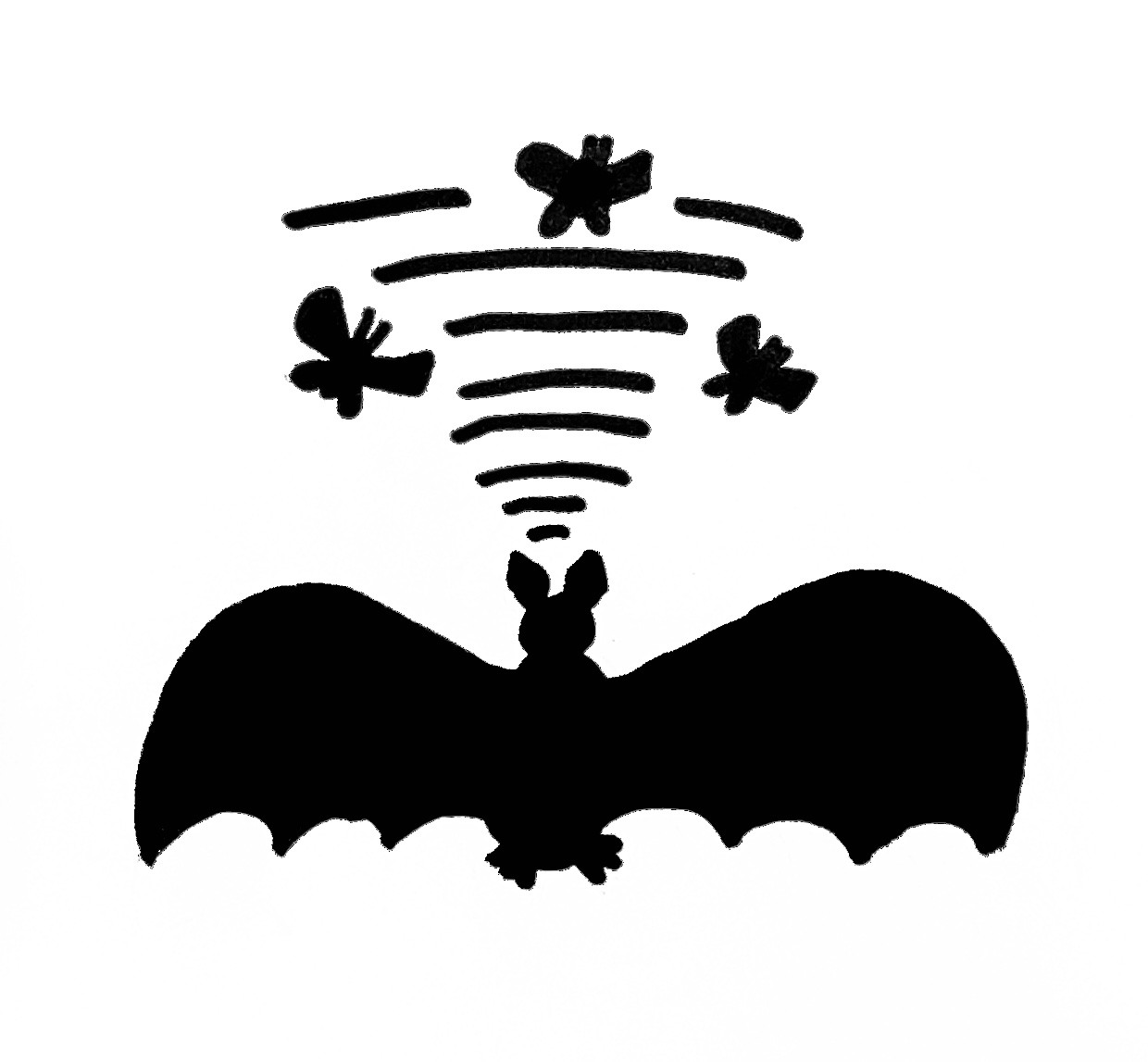
Bat Moth – A Game About Adaptation
Summary
Bat Moth teaches about the unique adaptation of echo location through a modified game of tag. It is a useful tool for exploring predator and prey relationships, noise pollution, echo location and adaptations.
Activity Stats
- Group Size: 7-20 participants
- Ages: k-12
- Activity Level: Low/Med
- Time: 5-30min
- Supplies
- Required: None
- Optional: Pool noodle
- Topics
- Predator/Prey Relationships
- Adaptation
- Noise Pollution
- Echo Location
How to Play Bat Moth
- Arrange group in a med to large circle
- Participants in the circle hold their hands out at chest level to provide “spotting” for the players and ensure they do not leave the game space
- Two players are selected with one being the “bat” and one the “moth”
- The goal is for the bat to tag the moth
- The bat must keep their eyes closed. The moth may keep their eyes open.
- Whenever the bat says “bat”, the moth must respond with saying “moth”. By doing this the bat is able to assess where in the circle the moth is.
- Players must walk or are disqualified
- When the bat tags the moth the game is over or you can have the players switch roles. You can have them switch roles a few times before they rotate with players on the “spotter ring”.
Variations / Facilitation Notes
- Have the group make noise to simulate noise pollution
- Use a pool noodle for the tagging
- Before the game, build group trust by playing “Noodle Duel”.
- Bat Moth pairs well with Fox Walk to teach about physical and behavioral adaptations.
Debriefing Questions
- What made it more easy or difficult to tag the moth?
- What adaptations might a bat have to help them catch a moth?
- What made it more easy or difficult to evade the bat?
- What adaptations might a moth have to help evade a bat?
- How did noise affect your ability to hear the bat?
- What are some noises in the natural enviroment?
- What are some noises that people add to the natural environment?
- How might the noise that people add affect bats ability to hunt?
- Do you think people can do this? Why or why not? (note: yes they can!!!)
Safety
- Players must walk while participating
- “Spotters” on the edge of the circle should be coached on ensuring players don’t leave the circle and are gently re-directed with appropriate touch
